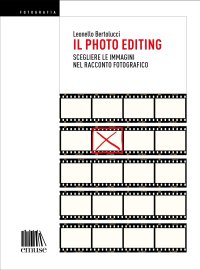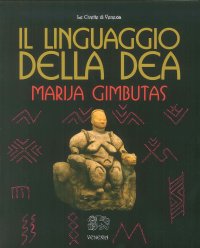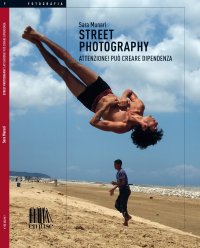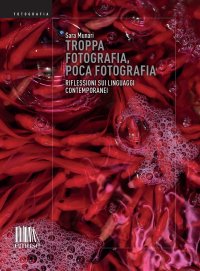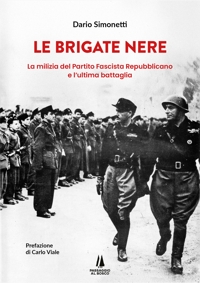Felice Palma. Massa 1583-1625. Collezione / Collection.
Testi di Andrei Cristina, Ciarlo Nicola, Federici Fabrizio, Claudio Casini e Sara Ragni.
Testo Italiano e Inglese.
Pontedera, 2024; ril. in cofanetto, pp. 289, ill. b/n e col., tavv. b/n e col., cm 24,5x34.
(L'Oro Bianco. Straordinari Dimenticati. The White Gold Forgotten Masters).
prezzo di copertina: € 160.00
|
Libri compresi nell'offerta:
Felice Palma. Massa 1583-1625. Collezione / Collection.
Testi di Andrei Cristina, Ciarlo Nicola, Federici Fabrizio, Claudio Casini e Sara Ragni.
Testo Italiano e Inglese.
Pontedera, 2024; ril. in cofanetto, pp. 289, ill. b/n e col., tavv. b/n e col., cm 24,5x34.
(L'Oro Bianco. Straordinari Dimenticati. The White Gold Forgotten Masters).
OMAGGIO (prezzo di copertina: € 160.00)
Le botteghe del marmo
Testo Italiano e Inglese.
Ospedaletto, 1992; ril., pp. 153, 10 ill. b/n, 60 ill. col., cm 24x29.
(Immagine).
OMAGGIO (prezzo di copertina: € 34.49)
Museo Stefano Bardini. I Bronzetti e gli Oggetti d'Uso in Bronzo
A cura di Nesi A.
Firenze, 2009; br., pp. 191, 102 ill. b/n, 7 ill. col., cm 17x24,5.
(Museo Stefano Bardini).
OMAGGIO (prezzo di copertina: € 30.00)
Bronzetti e Rilievi dal XV al XVIII Secolo
Bologna, 2015; 2 voll., ril. in cofanetto, pp. 729, ill., tavv. col., cm 21,5x30,5.
OMAGGIO (prezzo di copertina: € 90.00)
Circinus. Proportional compasses from the 15th to the 18th century
Sillabe
A cura di Camerota F., Rocca P. e Prinz I.
Testo Inglese.
Livorno, 2024; br., pp. 192, ill. col., cm 21x25.
ISBN: 88-3340-460-9 - EAN13: 9788833404608
Testo in: 
Peso: 0 kg
Before the advent of technology, there was a need for a precise and easy-to-use instrument for measurements to be applied in various fields such as architecture and military engineering, but also for artists. It was for this reason that the proportional compass was developed. Perfected by illustrious mathematicians in the following decades, the proportional compass established itself as the analogue calculation instrument par excellence until the spread of the slide rule.
The exhibition curated by Filippo Camerota, Ina Prinz and Patrick Rocca aims to promote knowledge of this mysterious and fascinating object through a unique selection of cases and boxes of drawing tools and accessories for architects and engineers, chosen from the most beautiful and rare of the 17th and 18th centuries.
Among the most significant are the 18th century box of the artist Jacques Canivet with 170 pieces considered the largest set of mathematical instruments known to date. Then again an Italian case in red and gold morocco with small decorative iron studs from the Medici collection and a very rare architect's box made by Nicolas Jacques Baradelle for the Landgrave of Hesse-Kassel containing a Kassel foot as a unit of measurement.
Leonello Bertolucci € 15.20
€ 16.00 -5 %
Sara Munari € 17.10
€ 18.00 -5 %
Simonetti Dario € 23.75
€ 25.00 -5 %
Etica Coniugale. Per un Rinnovamento della Morale Matrimoniale
In gioco. Illusione e divertimento nell'arte italiana 1850-1950
Proarch Studium 2030. La città degli studenti/Call for projects
Officina 1922. Una Mostra alle Origini della Fortuna del Barocco











